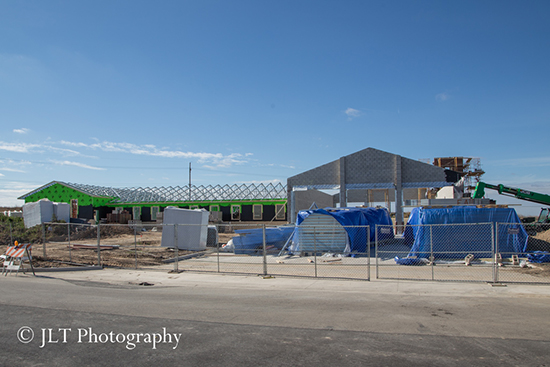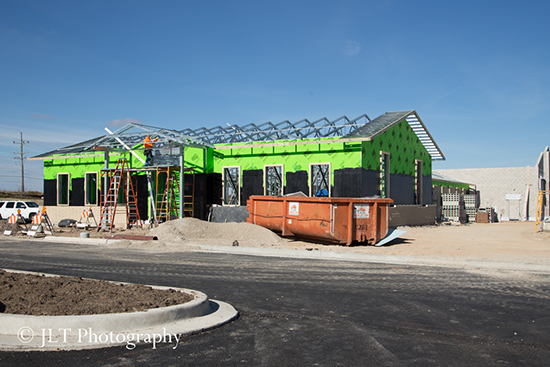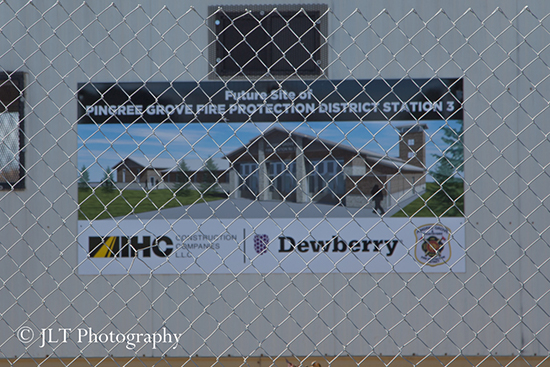Excerpts from the DailyHerald.com:
Fire officials in Pingree Grove are taking another stab at asking voters permission to borrow $8.5 million to build two new fire stations, which they say will be better positioned to serve a growing population.
A “yes” to the referendum question on the ballot March 20 would yield a property tax increase of about $90 for a house with a $300,000 market value, Fire Chief Mitch Crocetti said. That’s $27 less than the tax increase projected last year, because the district has grown since voters rejected the proposal in April 2017, he said.
The Pingree Grove & Countryside Fire Protection District would repay the bonds over 20 years with $2 million from its general fund — at the rate of $100,000 per year — and $6.5 million with the property tax increase that would expire after two decades, Crocetti said.
Informational sessions are planned at 7 p.m. Tuesday at Cambridge Lakes Community Center, 1125 Wester Blvd., Pingree Grove and 7 p.m. Thursday at Station 2, 10N980 Rippburger Road, Plato Center.
The district employs 54 firefighters who responded to 1,096 calls in 2017, up from 1,036 calls in 2016. The 50-square-mile district serves about 15,000 residents in Pingree Grove, the north end of Campton Hills, and unincorporated areas. More residences are expected to be built in Cambridge Lakes subdivisions.
The district has three fire stations, two of which — Station 2 on Rippburger Road and Station 4 on Plank Road — are outdated and would be closed and sold if the two new facilities are built.
Station 2 is unstaffed and Station 4 has trailers for firefighters. “They were built as callback stations, they were never intended to be lived in,” he said. The stations are landlocked, but even if they could be upgraded, they are in the wrong spot geographically, he said.
The two new stations, which would have living quarters for firefighters, would be built on land to be purchased on Highland Avenue just east of Coombs Road, and on Dittman Road about ? mile south of Plato Road. The district has earmarked about $600,000 in this year’s $3.3 million budget to buy property and commission architectural plans.
































